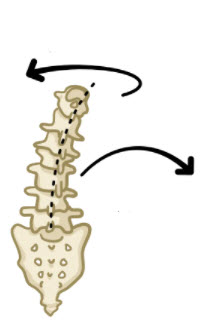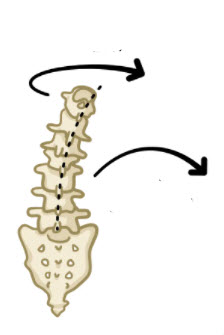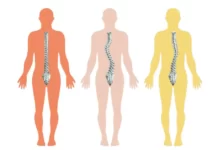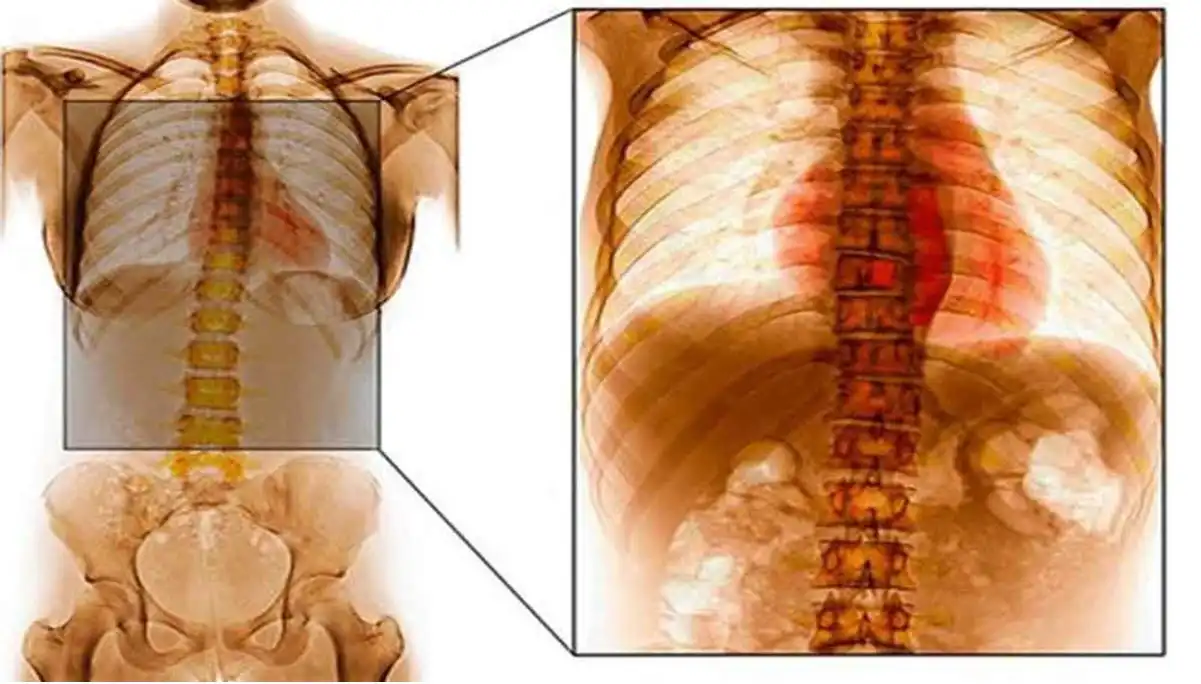Introduction
Fryette’s Laws, or Fryette’s Principles, are a set of fundamental concepts in the field of osteopathy, providing an in-depth understanding of the movement of the vertebrae within the spine in various situations. They take their name from Dr. Harrison Fryette, an eminent American osteopath who developed these principles to enrich osteopathic practice.
One of Fryette’s Laws concerns the movement of the vertebrae into a neutral position, where the spine is aligned in an anatomically correct posture. According to this law, lateral bending and rotation movements in this position are limited and occur in opposite directions. For example, if a vertebra undergoes lateral flexion to the right, the associated rotation will occur to the left, and vice versa. This relationship is important for osteopaths when evaluating spinal dysfunctions.
Another Fryette’s Law concerns movements of the vertebrae in a non-neutral position, where slight flexion, extension, or rotation is present in the spine. In such situations, lateral bending and rotation movements are performed on the same side. For example, if a vertebra undergoes lateral flexion to the right, the associated rotation will also occur to the right. This law reflects the complex adjustments that osteopaths can apply to treat specific disorders.
These Fryette principles provide crucial guidelines for osteopathic practitioners when evaluating and treating spinal imbalances. They are particularly applicable to regions of the spine where complex movements can influence the overall functionality of the musculoskeletal system. Understanding how the vertebrae respond in neutral and non-neutral positions allows osteopaths to design personalized treatment plans to restore proper alignment and mobility.
In short, Fryette’s Laws, formulated by Dr. Harrison Fryette, are fundamental principles that guide osteopathic practice. They describe the complex relationships between lateral flexion and rotation movements of the vertebrae in neutral and non-neutral spinal positions. These laws are essential for accurate assessment of spinal dysfunctions and implementation of targeted therapeutic interventions aimed at restoring balance and functionality of the musculoskeletal system.

There are three Fryette’s laws:
Law of neutrality
In neutral position, where the spine is in a normal anatomical position, lateral flexion and rotation movements are limited in the same direction. For example, if a vertebra flexes sideways to the right, the associated rotation also occurs to the right. This illustrates the concept of “neutral position” where movements are coupled in the same direction:

Law of non-neutrality
When the spine is in a non-neutral position (already flexed or rotated in one direction), the movements of lateral flexion and rotation are opposed. If a vertebra is flexed laterally to the right, the associated rotation will occur to the left. This reflects the concept that when the spine is not in a neutral position, the movements of lateral flexion and rotation are reversed.

Compensation law
When there is dysfunction in one region of the spine, adjacent vertebrae compensate by increasing their movement in the opposite direction. This occurs to maintain overall spinal functionality despite local dysfunction.
Osteopathy
These laws are often used by osteopaths to assess and treat spinal dysfunctions and to understand how abnormal movements in one part of the spine can affect other segments. It is important to note that these principles are specific to the osteopathic approach and may not be universally accepted in other medical disciplines.

























